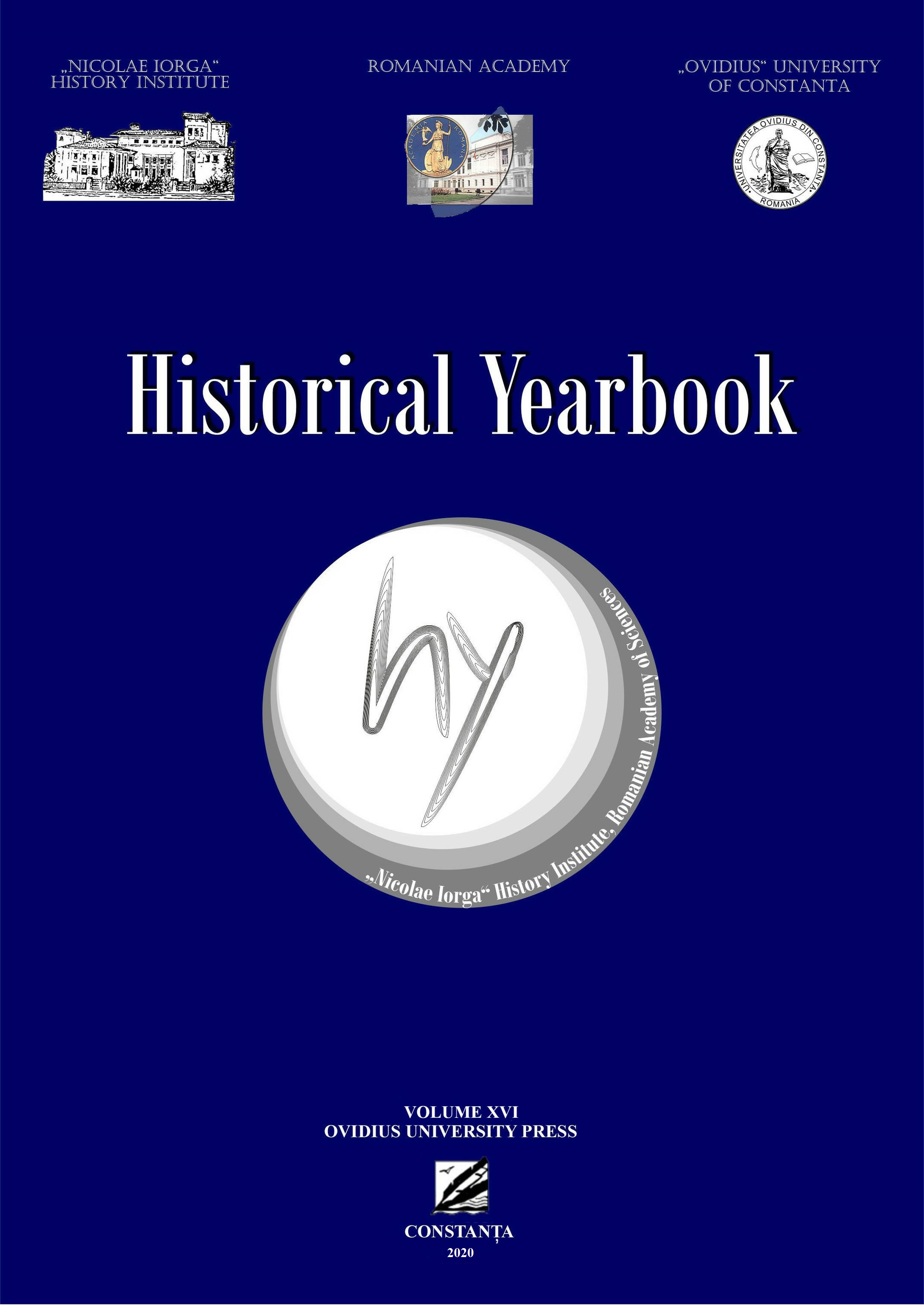IRON CURTAIN OF MEMORIES: DEALING WITH SOVIET LIBERATION OF BULGARIA IN SEPTEMBER 1944
IRON CURTAIN OF MEMORIES: DEALING WITH SOVIET LIBERATION OF BULGARIA IN SEPTEMBER 1944
Author(s): Florin AnghelSubject(s): Political history, Social history, Recent History (1900 till today)
Published by: Ovidius University Press
Keywords: Soviet Liberation on Bulgaria; monuments; memory; history; USSR; Todor Zhivkov; post-Communism;
Summary/Abstract: For Bulgaria September 9, 1944 was a turning point and the main objectives of this paper is to define this historical action (liberation or invasion) for the public memory,including the agreement or disagreement of the political environment and civil society with these two forms.First of all, in September 1944 Fatherland Front’s Government saw the entry of the Soviet army not as liberation but as “armed support for the establishment of Soviet regime”. During the early post-war years and before 1989, Communist regime in Sofia followed other Eastern European examples honored figures and events from national past, celebrated September 9, 1944 as anti-Fascist resistance, Soviet liberation, popular uprising, Socialist Revolution. All of them, were the ideological ingredients of the Bulgarian regime, presented as forerunners of a new, bright and prosperous “democratic” era. After 1990, in an annual ritual, Bulgaria’s political forces are deeply divided over the September 9, 1944 anniversary of the Soviet invasion of the country, with some seeing it is an occasion for celebration and others as a time for mourning. The „liberation” of Bulgaria from part of Red Army is a really non-sense. More important, this „liberation” definitely altered the brittled democratic institutions of Bulgaria from most four decades, ideological and political, and transferred the country into a identically totalitarianism as in the USSR. Ideological usage of history and memory in public discourse, including huge monuments and mausoleums, became part of Communist party mythology and legitimization. Most of these, built on so-called Realistic architecture, transferred its ideological significance on urban or regional legends, as chapters of recent histories. Russia and USSR became, together or separate, elements in national identity of historical memory of Bulgaria.
Journal: HISTORICAL YEARBOOK
- Issue Year: 17/2020
- Issue No: XVII
- Page Range: 21-35
- Page Count: 15
- Language: English
- Content File-PDF

